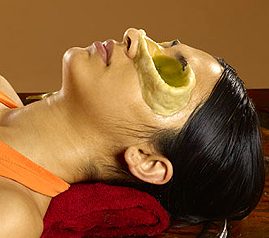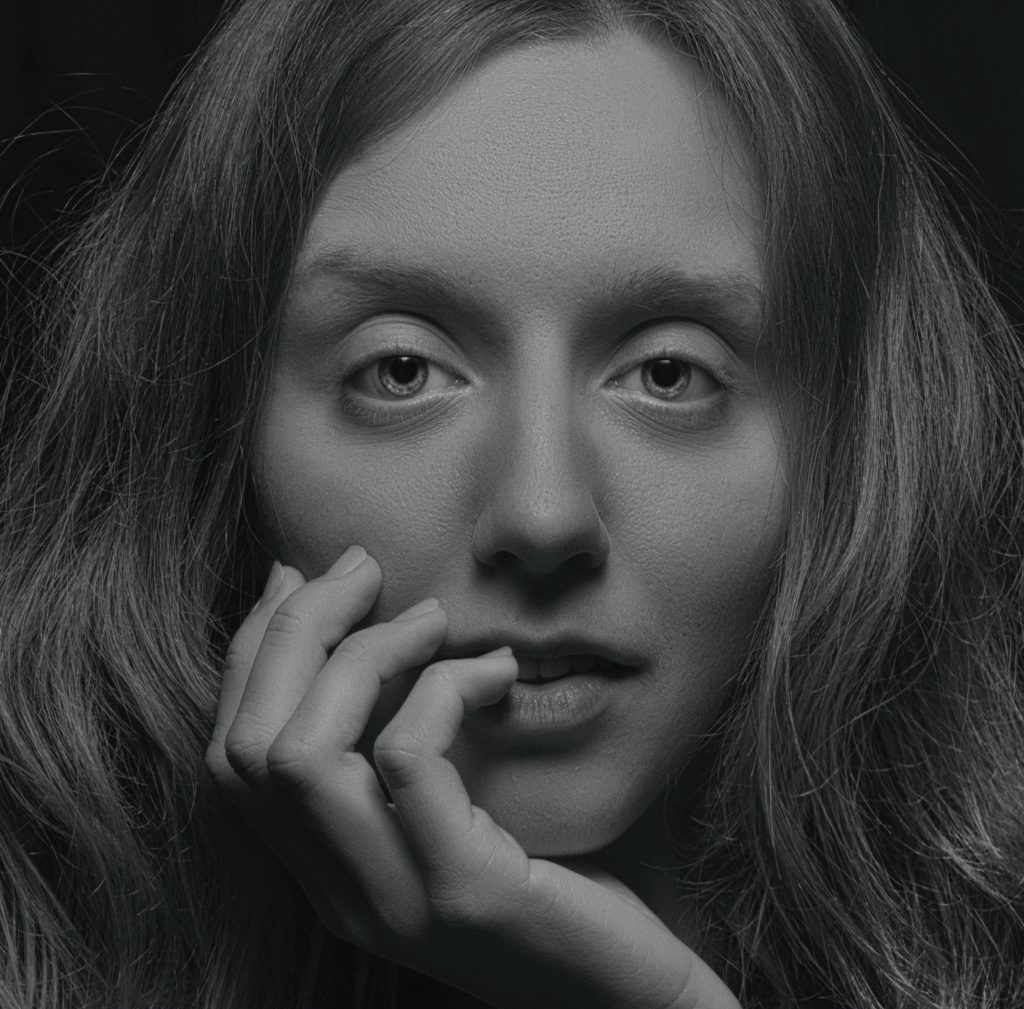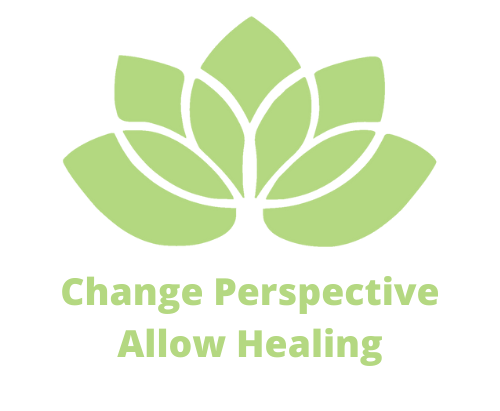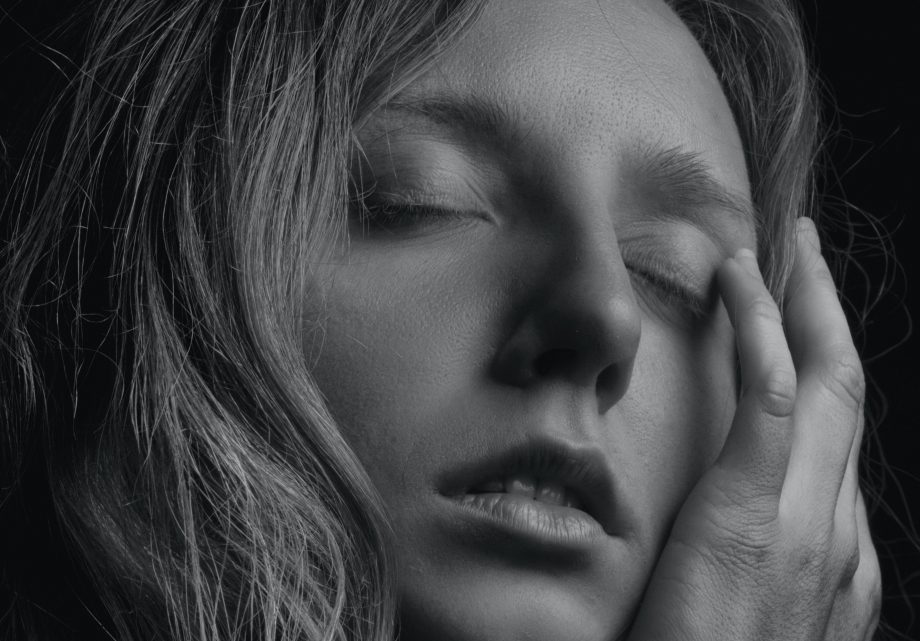Conventional medical perspective
More people suffer from an eyelid spasm than we generally assume. The number of unreported cases is high. Patients, mostly women, suffer from convulsive, not, or very difficult to control spasms of the ring muscle in the eyelid. The result is frequent blinking or prolonged involuntary closing of the eyes. Depending on the degree of severity, patients can be significantly impaired in their vision, up to functional blindness. The cause of this disease is still unclear on the part of conventional medicine, it classifies the symptoms as a focal muscular dystonia (movement disorder). Blepharospasm usually begins between the ages of 40 and 50. The first symptoms are hardly self-perceived frequent blinking and possibly a permanent foreign body feeling in the eye. In the further course, the “blinking attacks” or prolonged eyelid cramps are triggered by psychological stress and/or tension. Strong winds or bright light may also be possible triggers. In most cases, the disease is accompanied by a dry eye syndrome, which sometimes precedes the actual eyelid spasm, but can also occur later. If left untreated, the spasmodic movement disorders of the ring eye muscle can affect the entire face or may expand to the head and neck muscles. Therapeutically, injection of botulinus toxin into the eyelid is used in conventional medicine; although effective in most cases, the therapy is associated with many side effects.
Ayurvedic persepective
AFrom an ayurvedic perspective, a disturbed and/or increased vata-dosha, more precisely the subdosha vyana-vata, is the cause of the eyelid spasm. Vyana-vata is responsible, among other things, for all muscle movements of the body. The disorder affects the eyelid, according to ayurvedic conception a kapha organ. A dry eye is also caused by an excess of vata. The cause of the disturbance of the vyana-vatas are above all “unfavorable” sensory perceptions and influences. The therapy is therefore aimed at harmonizing and balancing the disturbed vata.
Depending on the severity of the symptoms, Ayurveda treats purely locally, or systemically. Nasya, head massages and the so-called Shiro-vasti are ideal for controlling the vata in the face and head region. Locally, the ayurvedic eye bath with ghee (Akshi tarpana) or moist-warm eye pads with ayurvedic herbal decoctions are particularly effective.

Systemic therapy aims to bring the disturbed vata back into a harmonious flow direction, the so-called vata-anulomana. In addition to various preparations or spices, such as haritaki, ginger, cumin, ajwain or asafoetida, the breathing techniques of yoga are available, such as anuloma viloma breathing. Yoga itself also serves healing. In addition to somatic therapy, Ayurveda also emphasizes the processing of mental-psychological topics, such as anxiety or depression. Ayurveda offers a rich treasure trove of therapy options. Healing is possible.


